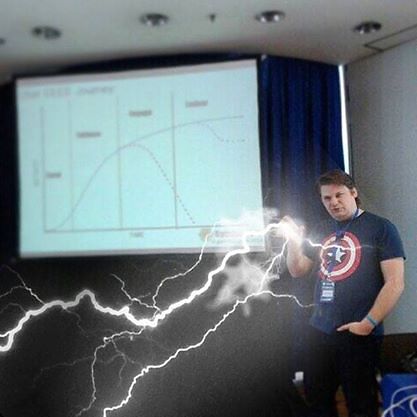A very common question in gamification is “What is the difference between Intrinsic and Extrinsic” when talking about rewards and motivation. Well..
- Relatedness, Autonomy, Mastery and Purpose are examples of this.
- You don’t play video games for the reward, you play because you enjoy them
- You read for pleasure, not monetary reward.
- You spend time with your family because you want to.
- Learn because you want to improve and be better.



